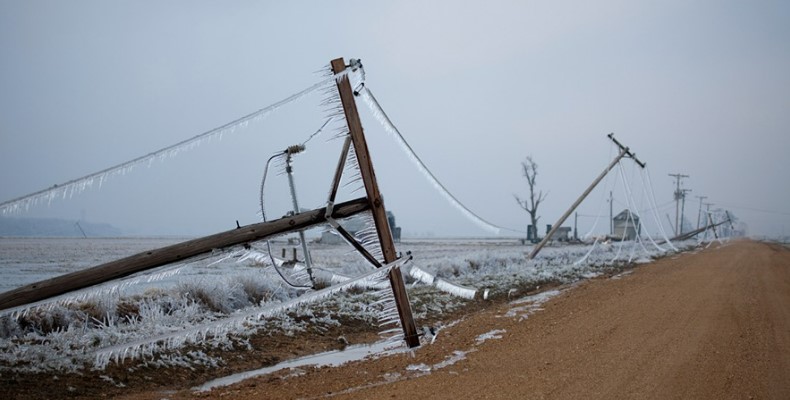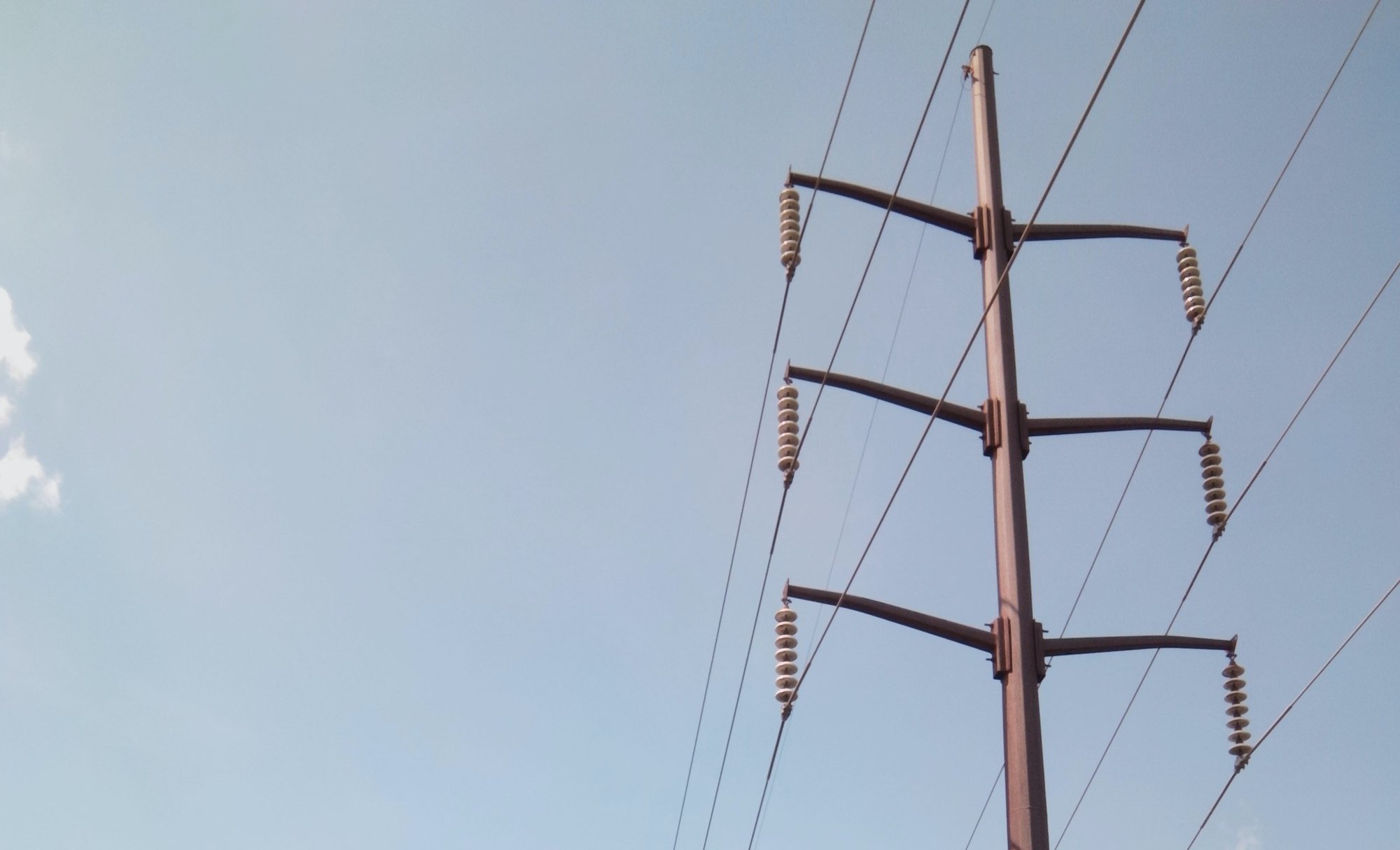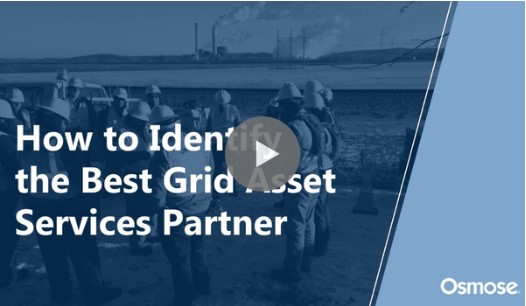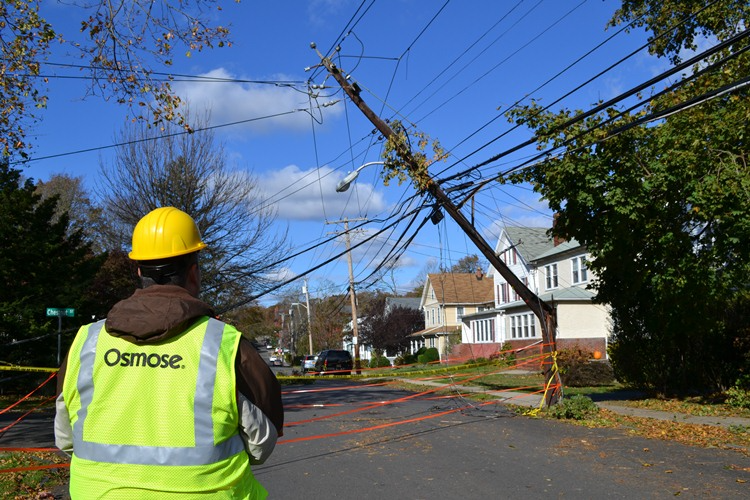
The T&D Times
Infrastructure Insight from Osmose
Quarterly news on important topics related to infrastructure management and innovation:
Inspection · Rehabilitation · Technical | Wood · Steel · Concrete · Underground
%20(1).jpg?width=1138&height=640&name=iStock-589451870%20(1)%20(1).jpg)
Asset Fire Protection Solutions
Fires in the United States have been increasing in size and damage for the last 30 years. As the size and damage increased, so did the cost. Utility hardening programs should include fire protection as a key component.

Creating a New Model for Resilience in the Heartland
OG&E committed to a deeper understanding of its grid after a severe ice storm in 2020. This meant reassessing what their grid structures were designed to withstand and what practical improvements could be made to improve their weather resilience. OG&E partnered with Osmose to maximize value in making overhead lines more structurally resilient for what Oklahoma’s evolving climate reality required.

[Case Study] Patented Pole Restoration Solutions
With 50,000 miles of power lines, a large electric utility prioritizes regular assessment and maintenance of its large system of steel transmission poles and towers to prevent disruptions to service. Upon identifying advanced corrosion that threatened the strength and resiliency of 12 steel poles, the utility provider needed a contractor to implement a cost-effective, reliable solution for their restoration.

[Essential Series] How To Identify the Best Grid Partner
Taking care of grid structures is a mission-critical matter. Grid resilience is the foundation of a utility’s business, impacting reliability and, in turn, the effectiveness of the entire company. Much depends on how these assets are managed. So, when hiring outside services to assist in asset management, utilities must be vigilant about who they select as their partner. This four-part Essential Selection Series includes white papers on key factors to be considered when evaluating an infrastructure partner.

[Case Study] Are Your Grid Structures Prepared for Hurricane Season?
With over 150,000 power poles stretched across the state, to prioritize its spending an electric utility needed to identify which poles could withstand the most extreme weather conditions and which ones required remediation to ensure the best value for its investment.
.png?width=243&name=Osmose-logo-(white).png)